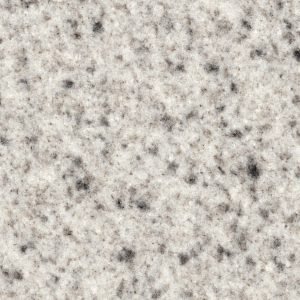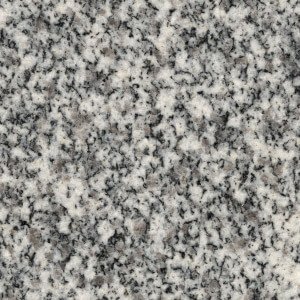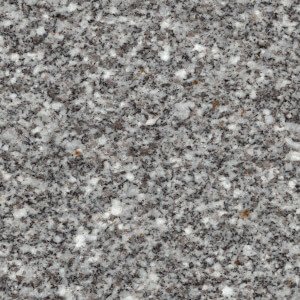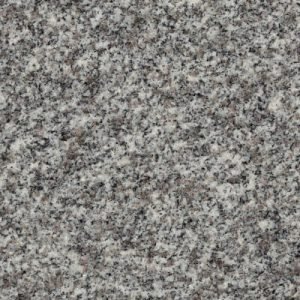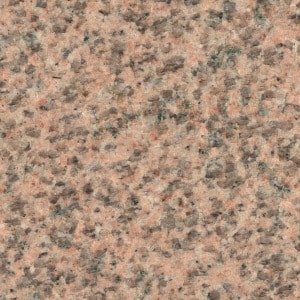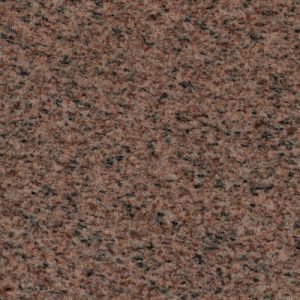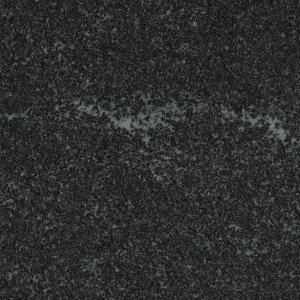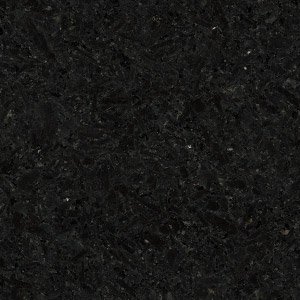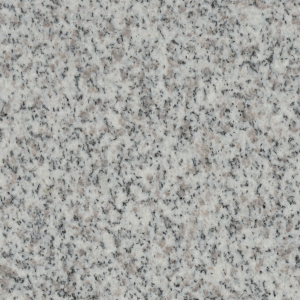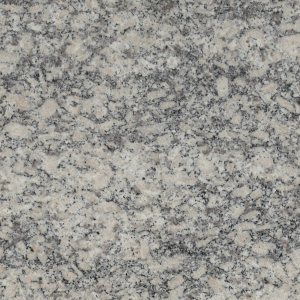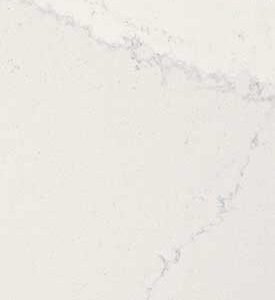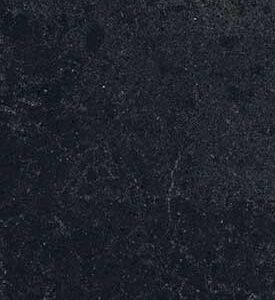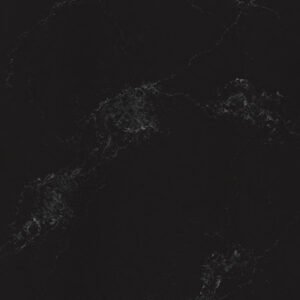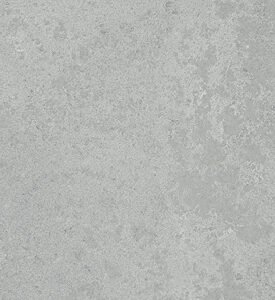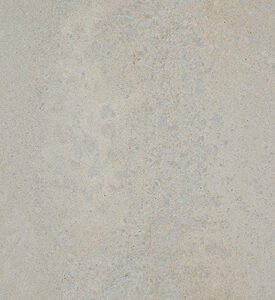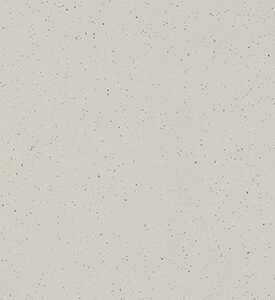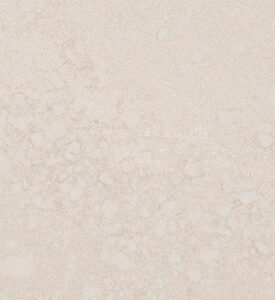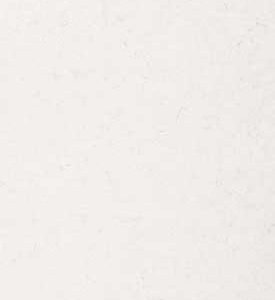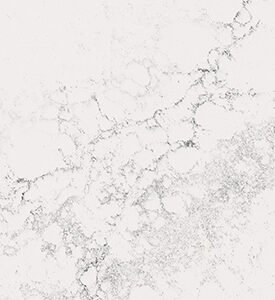Découvrez ci-dessous nos différentes gammes et couleurs de Granit, Quartz et Dekton.
Granit
Le granit est une roche magmatique cristallisée qui en fusionnant puis en refroidissant en profondeur s’enrichi du sol ambiant.
Il est formé de minéraux comme le quartz, les micas, les feldspaths et d’autres composants comme des pigments qui vont lui apporter toute une gamme de coloris très différent les uns des autres.
Les granits connus se sont formés il y a des millions d’années entre la période du Précambrien où la vie n’était qu’à l’état de micro-organisme et la période du Mésozoïque où la nature voyait naitre les premiers chevaux sauvages. En tout, on dénombre aujourd’hui plus de 500 couleurs de granits connues. Chaque année de nouvelles carrières dévoilent toutes les merveilles de la nature.
Presque tous les pays du monde exploitent une ou plusieurs carrières de granit le Canada-Québec, les États-Unis, la Norvège, le Brésil, l’Inde, la Chine, le Portugal, la France…
Les granits regroupent deux grandes familles qui ont une histoire différente.
Les granits dits «mouchetés» sont des roches qui sont remontées de la profondeur limite entre la croute terrestre et le magma et qui ont été cristallisées par un refroidissement lent.
On retrouve dans cette famille le Rose Porinho, le Blue in the Night, le noir Zimbabwe… Les granits dits «veinés» sont en réalité des roches métamorphiques qui n’ont pas totalement fusionnées avec le magma. Par l’effet de la chaleur et de la pression des plaques tectoniques les différentes couches vont s’onduler. Il n’y a pas de cristallisation. On retrouve dans cette famille le noir Tropical, le vert Bambou, le rouge Lucifer…

